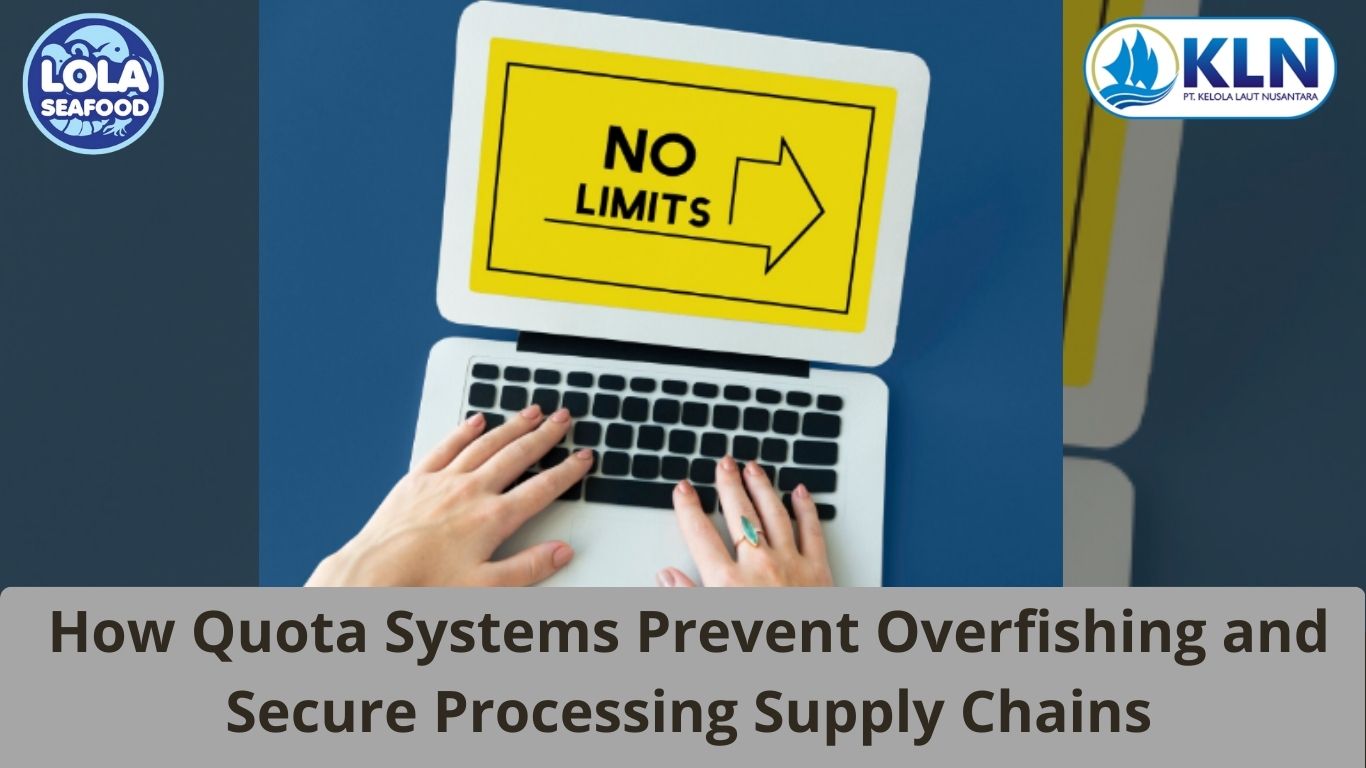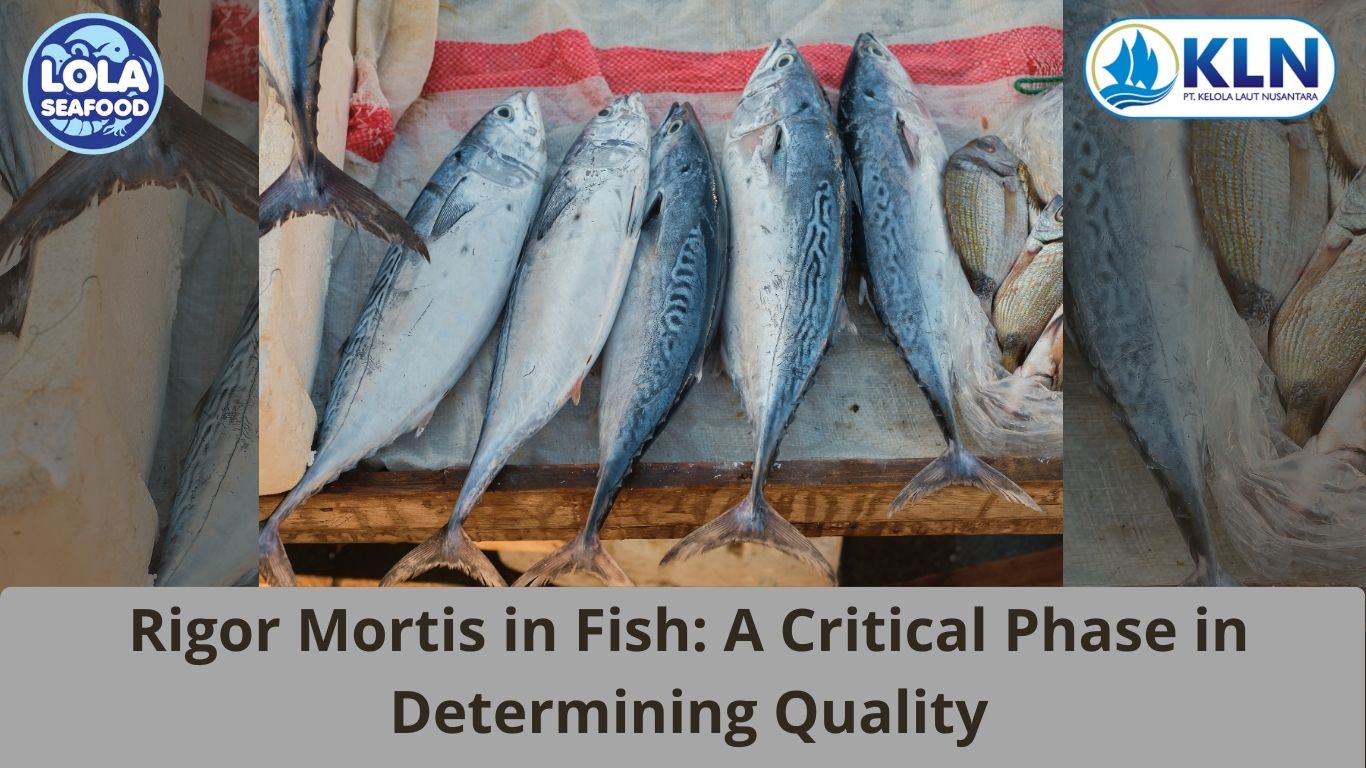Calibration Standards: Safeguarding Yield Accuracy in Seafood Factories
By. Wiwik Rasmini - 24 Sep 2025.jpg)
Kelolalaut.com In the seafood processing industry, accuracy is not just a matter of precision; it is a matter of trust, efficiency, and compliance. One of the most critical aspects that directly impacts these factors is scale calibration. Every kilogram of fish that enters and exits a processing facility contributes to data on yield, efficiency, and profitability. Without proper calibration standards, this data becomes unreliable, leading to financial losses, regulatory issues, and even damaged business reputation.
Why Calibration Matters in Seafood Processing
Seafood processing factories deal with large quantities of raw materials every day. From freshly caught fish to value-added products such as fillets, surimi, or frozen seafood, weight measurement is the foundation for evaluating performance. Yield calculation—determining how much usable product comes from a certain amount of raw material—relies heavily on accurate weighing.
If scales are not properly calibrated, even small deviations can accumulate into massive discrepancies. For instance, a 50-gram inaccuracy in each weighing process may seem insignificant, but when multiplied by thousands of units per day, it could result in hundreds of kilograms of product being miscalculated. Such errors can distort yield reports, mislead management decisions, and create unfairness in trade between suppliers and buyers.
Calibration Standards and Regulations
To prevent these issues, many countries and international organizations impose strict calibration standards for weighing equipment used in seafood factories. The International Organization of Legal Metrology (OIML) and the International Organization for Standardization (ISO) provide guidelines to ensure uniformity and accuracy.
In practice, seafood factories often follow ISO 9001 or ISO 22000 frameworks, where calibration of measuring instruments is part of quality management systems. In addition, exporting countries usually demand compliance with local and international standards, such as European Measuring Instruments Directive (MID) or U.S. National Institute of Standards and Technology (NIST) guidelines. These standards not only ensure fair trade but also protect consumers by guaranteeing that seafood products are labeled and sold at their true weight.
Safeguarding Yield Accuracy
Yield is one of the most critical performance indicators in seafood factories. It shows the ratio of final product weight compared to raw material weight. When calibration is neglected, yield reports may show unrealistic numbers—either higher or lower than reality.
- Overestimated yield can mislead management into believing the factory is more efficient than it truly is, leading to overconfidence and poor strategic planning.
- Underestimated yield may cause suspicion of product loss, theft, or mismanagement, triggering unnecessary audits and investigations.
By implementing regular calibration according to industry standards, factories safeguard yield accuracy, ensuring that production data is reliable, transparent, and actionable.
Practical Approaches to Calibration in Seafood Factories
Seafood processing facilities typically adopt the following best practices:
- Scheduled Calibration – Scales are checked daily for basic accuracy and calibrated periodically (weekly, monthly, or quarterly) depending on production volume.
- Certified Calibration Weights – Factories use standardized weights certified by authorized bodies to verify and adjust scales.
- Third-Party Verification – Many companies hire accredited laboratories or government agencies to perform independent calibration, ensuring impartiality.
- Digital Calibration Systems – With Industry 4.0, some seafood factories are moving toward automated calibration with smart weighing systems, reducing human error.
- Documentation and Traceability – Every calibration activity is recorded and audited to meet certification and export requirements.
Beyond Compliance: Building Trust and Efficiency
While calibration is often viewed as a regulatory requirement, its impact goes beyond compliance. Properly calibrated scales build trust among stakeholders: fishermen who supply raw materials, processing companies that manage production, and buyers who purchase finished products. It also reduces waste, improves operational efficiency, and enhances customer satisfaction by guaranteeing fair labeling.
Moreover, with the growing emphasis on sustainability, yield accuracy also plays a role in resource management. Accurate data helps ensure that every fish caught is utilized efficiently, reducing unnecessary losses and contributing to responsible seafood production.
Calibration standards are the invisible backbone of accuracy in seafood factories. By safeguarding yield accuracy, they protect profitability, regulatory compliance, and trust across the supply chain. In an industry where even the smallest margin of error can have significant financial and ethical implications, regular scale calibration is not just a technical necessity—it is a strategic advantage.
If youre interested in our Bonito Whole Round , Bonito Fillet Portion Cut and Bonito Fillet Loin please do not hesitate to contact us through email and/or Whatsapp


.jpg)
.jpg)
.jpg)

.jpg)
.jpg)